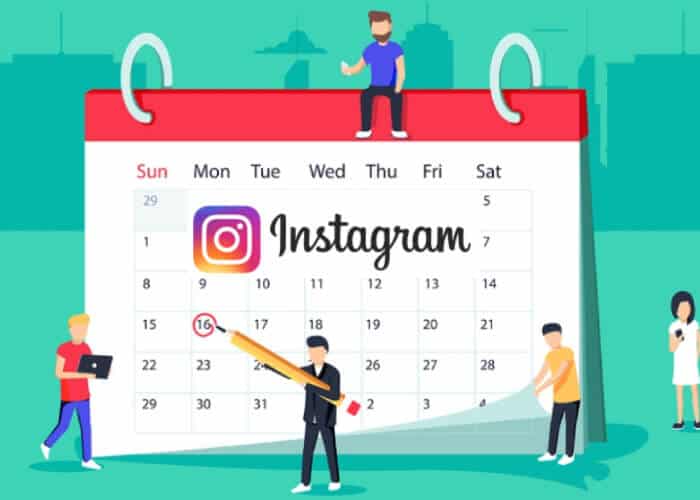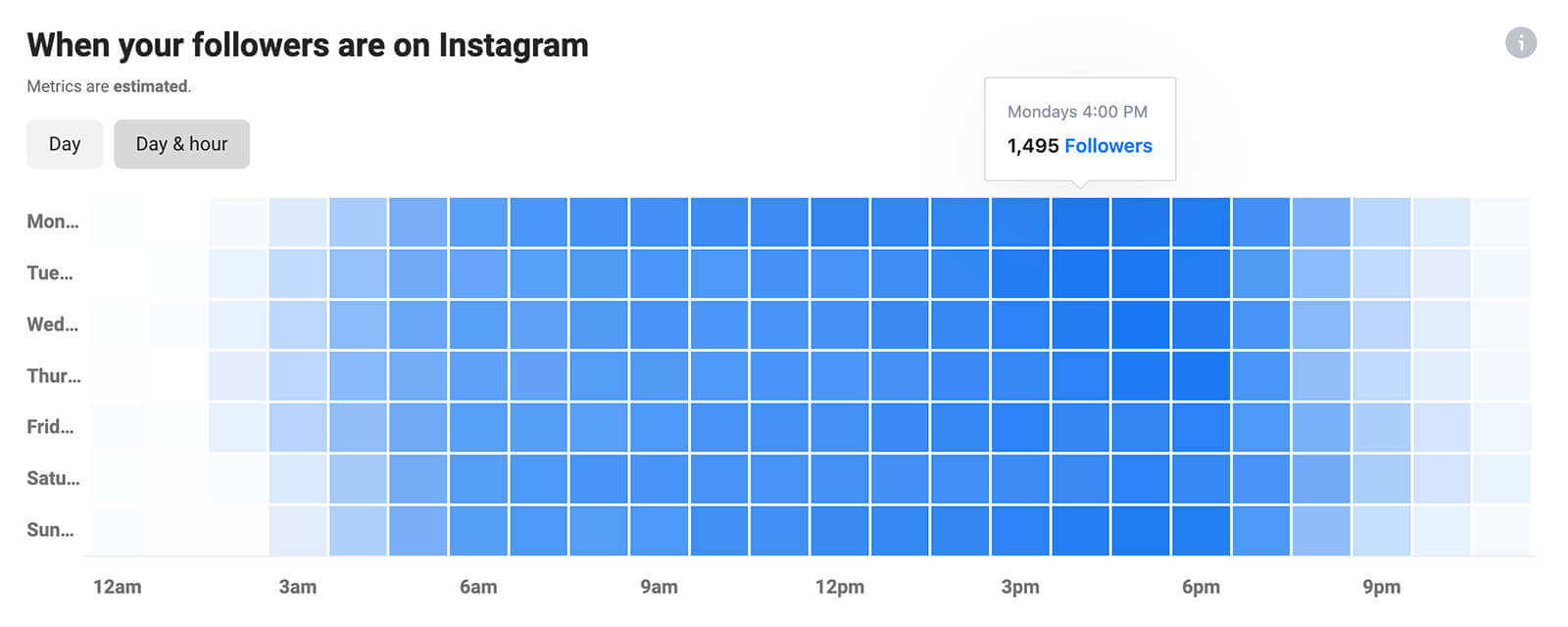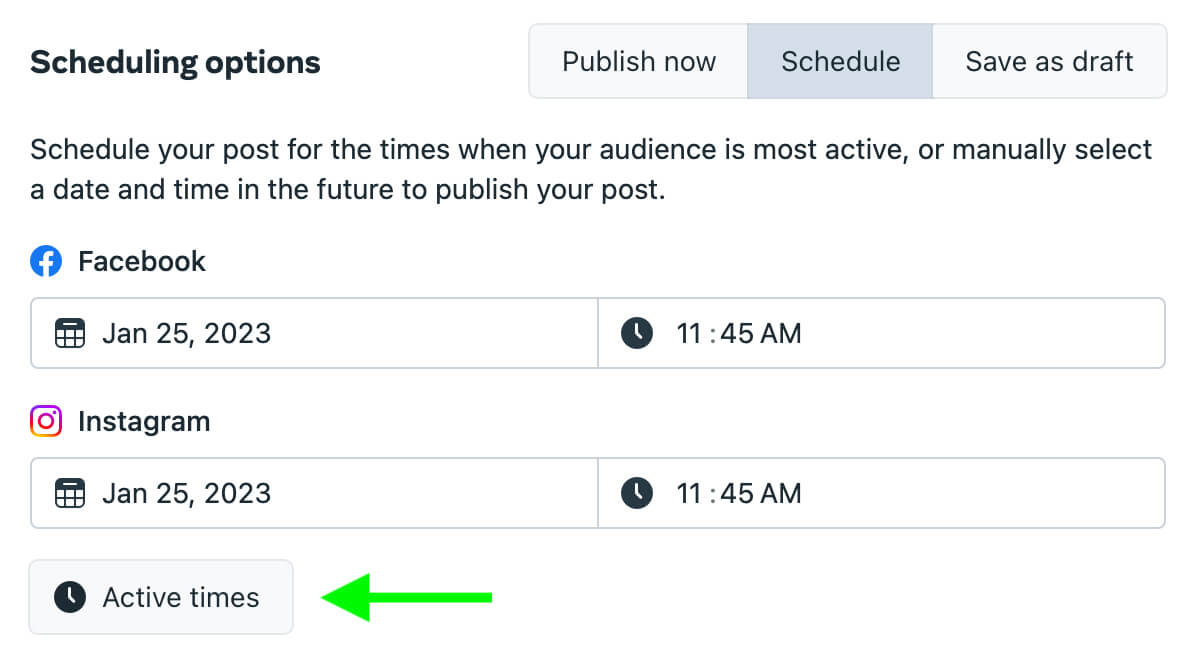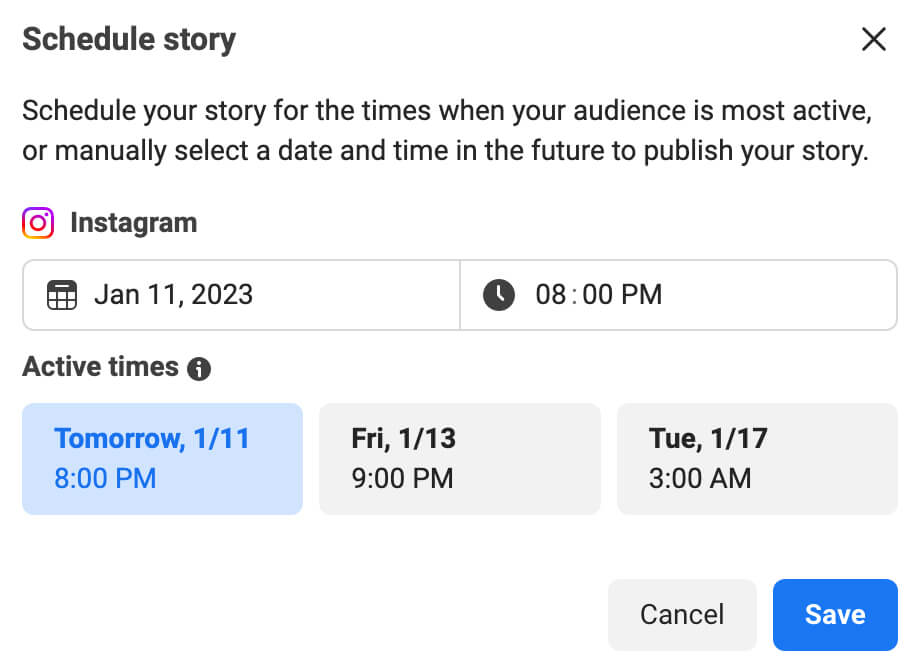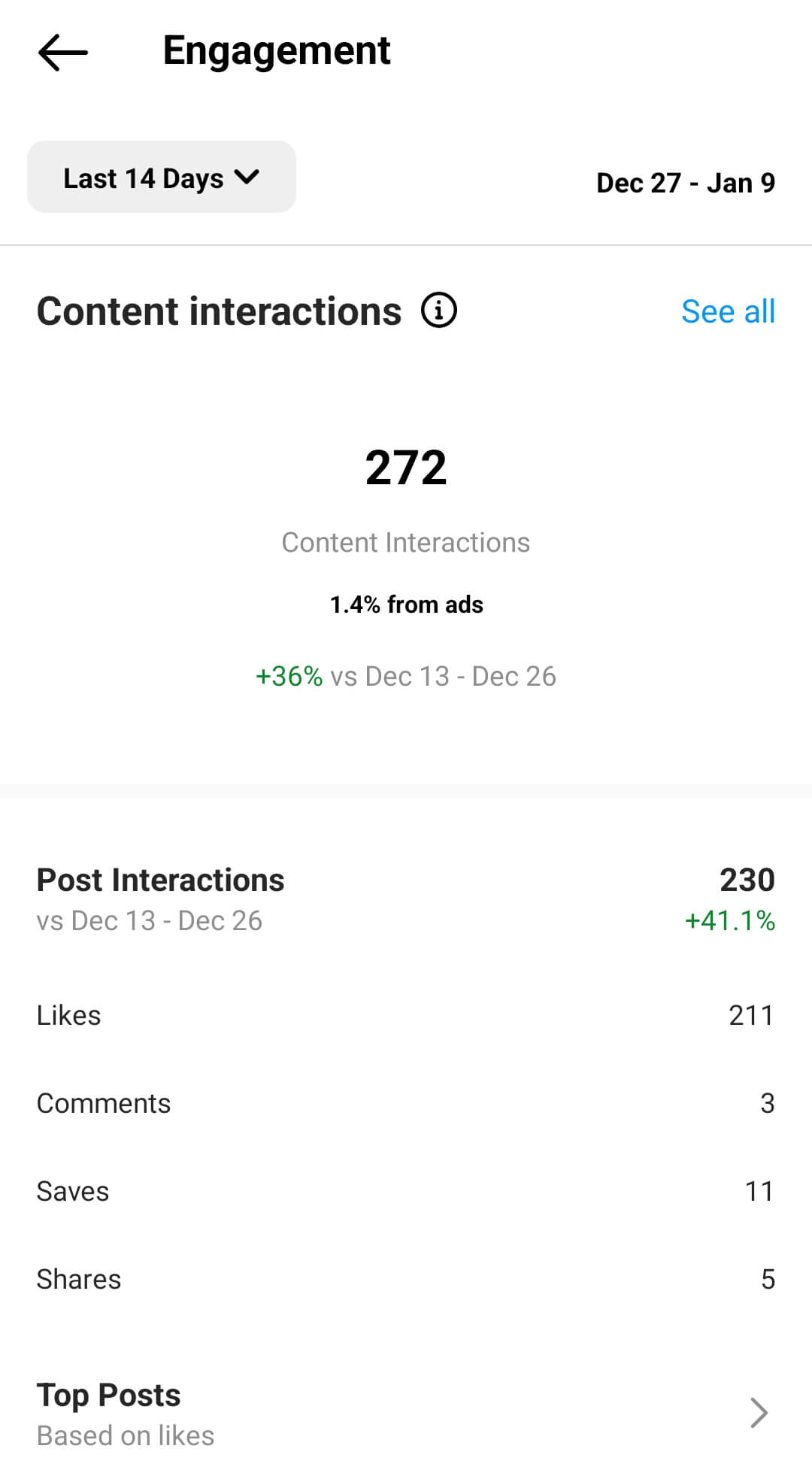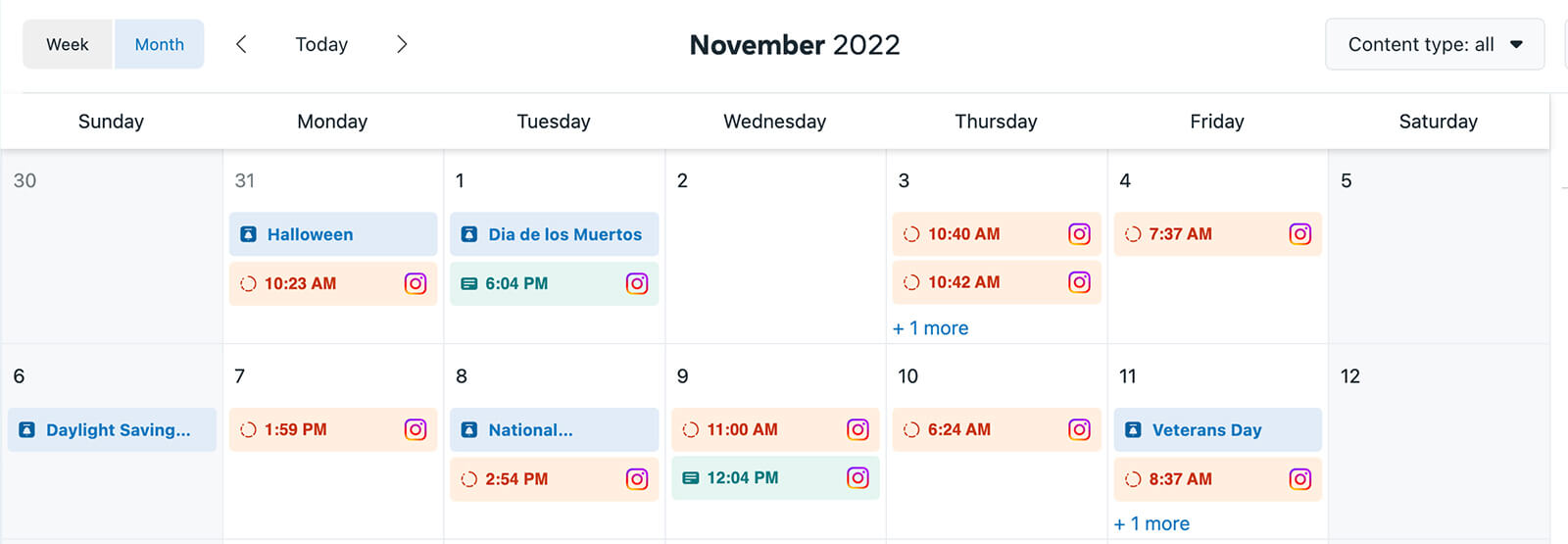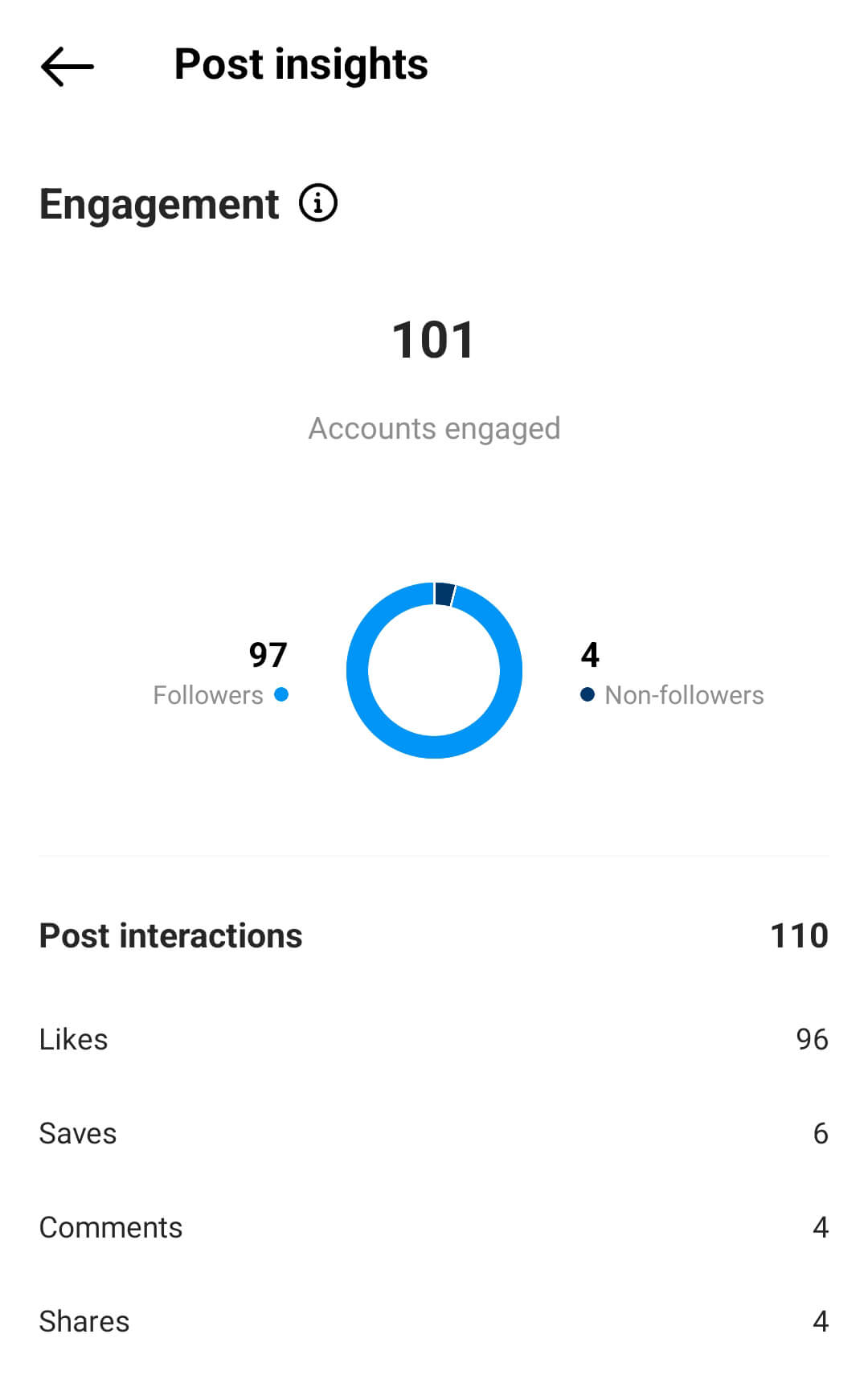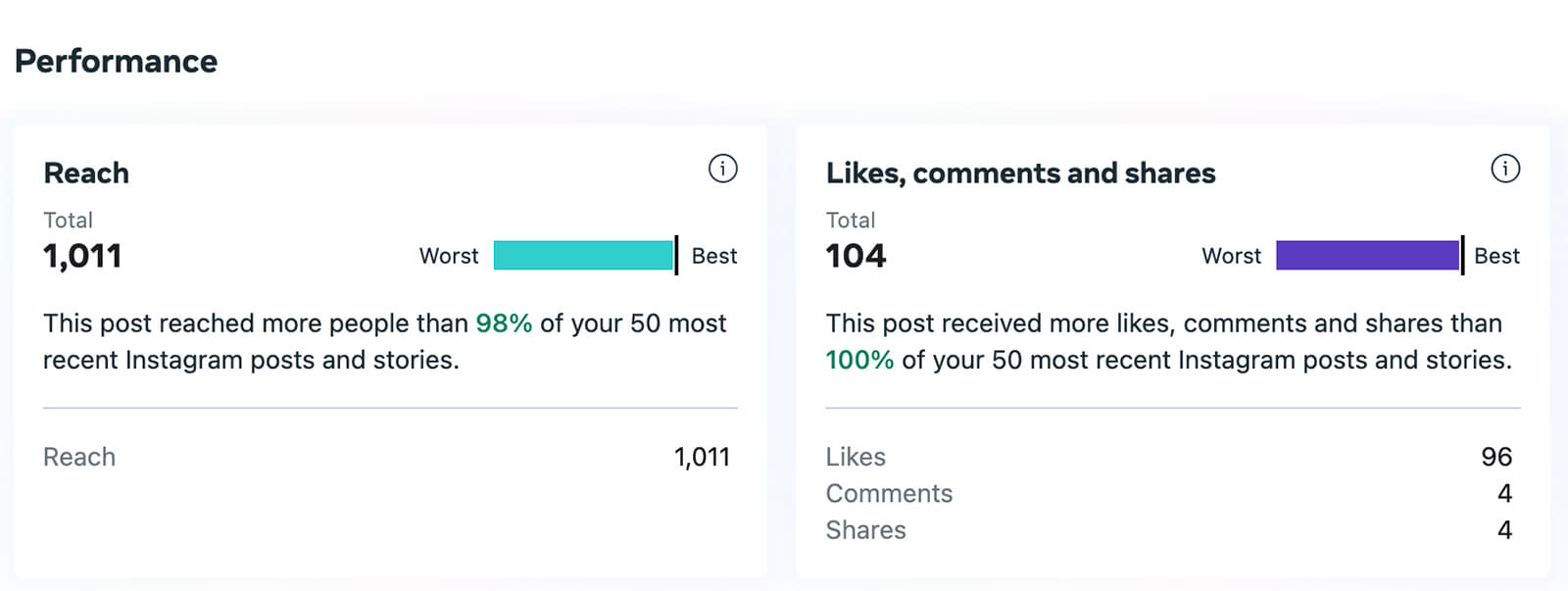Building on the first article, our second blog post provides valuable insights on how to determine the optimal number of daily Instagram posts for maximum reach and engagement. If you’re struggling with finding the right posting frequency, check out our blog for expert guidance!
#3: Improving Your Instagram Content Calendar
You probably have a few ideas to test after reviewing your content performance and comparing your Instagram post frequency to Mosseri’s suggestions. Use the suggestions below to guide your experiments and optimize your content calendar so that you post at the most appropriate times for your audience.
Getting the right publishing frequency is critical for increasing Instagram reach and engagement. However, it is equally important to publish posts, reels, and stories at the optimal times for your audience. You can use Meta‘s tools to find the best times for your audience.
Instagram Posting Times Insights
It’s simple to see when your audience is most active using Instagram’s professional dashboard. Tap Total Followers from the Overview panel. Then, scroll down to the chart of the Most Active Times.
To see when your audience is online, you can switch between daily and hourly charts. Although the hourly chart will most likely show peaks and valleys, there may not be a significant difference in audience activity from day to day. With your ideal frequency in mind, experiment with different days of the week to see what works best.
Creator Studio Insights on Posting Times
If you need more detailed information, use Creator Studio—as long as you can still access it. Scroll down to the When Your Followers Are on the Instagram chart in the Audience Insights tab. To see when your followers are most active, switch between the Day and Day & Hour charts.
Hover over any time block to see the exact number of Instagram followers who are active at any given time. Then, schedule your posts, reels, and stories for the best times to reach your audience.
Business Suite Insights on Posting Times
Business Suite does not provide a broad overview of your Instagram audience’s availability. However, it does recommend posting times based on data from the previous 7 days. Create a new post or story in Business Suite to see these recommendations.
Then, at the bottom of the screen, click the Active Times button.
Over the next week, you’ll notice three recommended posting times. You can schedule your content to publish at one of the suggested times or enter a different time to test.
#4: Examine the Performance of Your Content
While Instagram account overviews can help you spot patterns, they don’t provide much information about individual posts, stories, or reels. An in-depth content performance analysis will help you understand when and what to post to achieve the best results.
Instagram Content Performance Insights
Open the app’s professional dashboard and expand the timeframe to 30 or more days to delve deeper into your Instagram content analytics. Then go to the Accounts Reached and Accounts Engaged panels, which will automatically sort published content based on type and performance.
Begin by determining which of your posts, reels, and stories are performing the best and worst.
Then, look through your Instagram content calendar to see how many other posts, reels, or stories you published on the same day or week as your best and worst content. The Business Suite planner keeps track of how much content you’ve published in a week.
Are you noticing any recurring patterns in your Instagram content’s performance? For instance, you might observe that your least effective posts are associated with a trend of publishing multiple times per day or on consecutive days. To enhance outcomes, you could consider reducing the posting frequency and spacing out campaigns to ensure your Instagram content calendar delivers more value to your audience.
Remember that frequency is just one of several factors that can influence post, reel, and story performance. Timing, topics, creatives, calls to action, audiences, and other aspects can all affect reach and engagement.
Analyzing follower and non-follower metrics can provide even more valuable insights. Follower and non-follower breakdowns are available for stories, reels, and posts, enabling you to determine whether each piece of content is resonating with your existing audience or assisting you in attracting new prospects.
There is no universally correct or incorrect method of valuing follower and non-follower metrics. If your primary goal is to increase loyalty, you’ll probably place a higher value on follower metrics. Non-follower reach and engagement are likely to be more beneficial for increasing brand awareness.
Content Performance Insights from the Business Suite
Business Suite is also useful for quickly discovering top-performing Instagram content. Select any post or story from the dashboard’s content insights to see how it ranks. Each piece of content is automatically compared to other recent stories and posts so you can see how it compares in terms of reach and engagement.
To evaluate your best and worst Instagram content, follow the same steps as above. Then, in new posts, stories, and reels, incorporate elements from your best-performing content while avoiding elements from your worst-performing content.
#5: Experiment on a regular basis and try new tactics
Consistency is key when it comes to building a brand that customers know, love, and engage with. This involves finding the ideal posting frequency, sticking to a regular schedule, and using recognizable visuals and tone of voice.
However, it’s important to note that consistency doesn’t have to equate to monotony or predictability. If you observe a decline in content performance over time, it’s essential to experiment and try new things. Here are a few suggestions:
- Test a slightly higher or lower frequency by adding or subtracting posts and stories from your Instagram content calendar. Analyze performance using the steps outlined above and establish a new content frequency.
- Post at different times, especially if you think seasonal or other changes have impacted your audience’s activity. Since Business Suite suggests times based on recent activity, its recommendations are particularly helpful in detecting changes.
- Invest more in the content format and style that delivers the best results. If carousel posts don’t seem to be working anymore, try creating more short-form videos or experimenting with a new style to determine what yields the desired outcomes.
Conclusion
Instagram posting frequency has a significant impact on results, making it an important factor in your content strategy. You can improve results and get more from the resources your company invests in Instagram by using the right publishing frequency and an optimized Instagram content calendar.

